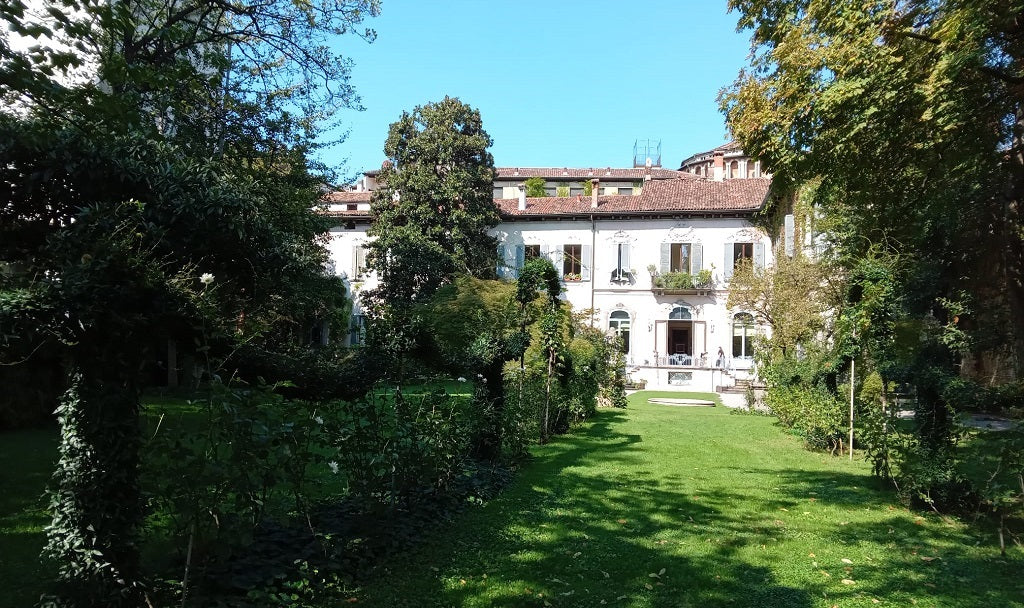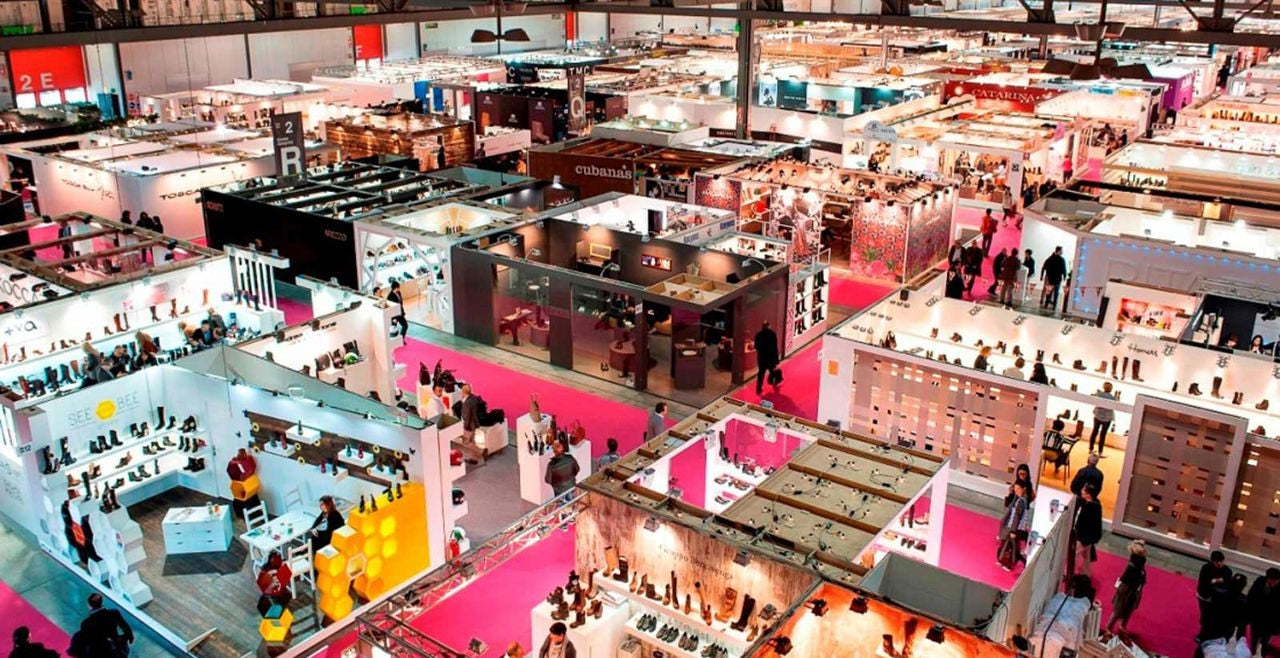
Leonardo’s Milanese vineyard goes into high fashion
On the 25th of September 1490, Ludovico Maria Sforza, known as il Moro, lord of Milano, gave the nobleman Giacometto di Lucia dell’Atella - o della Tela, his knight and intimate squire, progenitor of a family of courtiers and diplomats in the service of the Sforza, thought to be originally from Basilicata and then moved North during the fifteenth century –, two courtyard houses with gardens, which in summer he had purchased for 6 thousand imperial lire from the heirs of a nobleman from Piacenza. They are located in Borgo delle Grazie, the current Corso Magenta.
Today, the Casa degli Atellani, together with the garden and Leonardo's Vineyard, have undergone renovations over the centuries, especially in the twentieth century. Both can be visited, but only for a few more days. From September 30th, the property will change hands and it will not be possible to access this small, ancient corner of nature in the heart of the metropolis easily. It was purchased by Bernard Arnault's LVMH Group, a French high fashion and luxury giant with a portfolio of very prestigious brands, which however ensured that part of the complex will still remain dedicated to cultural activities and the public.
The history of the estate is symbolic of the Italian Renaissance. Ludovico wanted to transform the basilica of Santa Maria delle Grazie into his family's mausoleum and planned to build a residential neighborhood for his "trustees". Who were they? Characters such as the Atellani, or Leonardo da Vinci, who at the time lived and worked in Milan, to whom, in 1498, il Moro gave a vineyard of 16 perches, located in the land behind these houses.
Together with Santa Maria delle Grazie, the Last Supper, painted by Leonardo himself in the refectory of the Dominican basilica, Casa degli Atellani and the Vineyard are the only remaining traces of that project which imagined an ideal satellite city, crossed by canals water and rich in greenery.
As evidenced by the many frescoes found on the walls and the short stories by Matteo Bandello, the houses and the magnificent garden were at the center of Milanese social life throughout the Sforza period. The Atellani lived there until the seventeenth century, after which they passed through three different ownership families: the Taverna counts, the Piancas and the Martini di Cigala.
In 1823, the Piancas entrusted the Aspari architects with a radical neoclassical renovation of the facades. In 1919, the engineer and senator, Ettore Conti, purchased them to make his home, despite the objections of his wife Gianna Casati, who literally considered them "a dump".
Conti entrusted the task of the project to his architect son-in-law, Piero Portaluppi. The man who is now known as one of the great Milanese architects transformed the two houses into a single residence, demolishing the walls that separate the pre-existing courtyards and creating a single entrance. Everywhere, the architect rediscovered architectural finds and added frescoes over the five centuries of the building's life. After three years of construction, the new Atellani house was inaugurated in 1922. After the war and the very serious bombings of the 13 and 16 of August 1943, heavy destruction was brought upon the neighborhood. This mainly affected the Basilica delle Grazie. Portaluppi took care of its restoration and a further transformation.
Not only that: a few years ago, the vineyard was reborn and produced wine again, although experimental. Thanks to the will of the owners of Casa degli Atellani and the Piero Portaluppi Foundation, under the High Patronage of the President of the Republic and the Italian Government, unprecedented historical-scientific research has been carried out in the 21st century by the Faculty of Agricultural Sciences of Milan. The excavations made it possible to find and bring to light the traces of the original rows. From the analysis carried out on the samples found, it was possible to reconstruct the complete genetic profile of the vine, an aromatic Malvasia di Candia, and in 2015 replant it, producing the now preserved wine in a sealed bottle and displayed inside the house museum.



